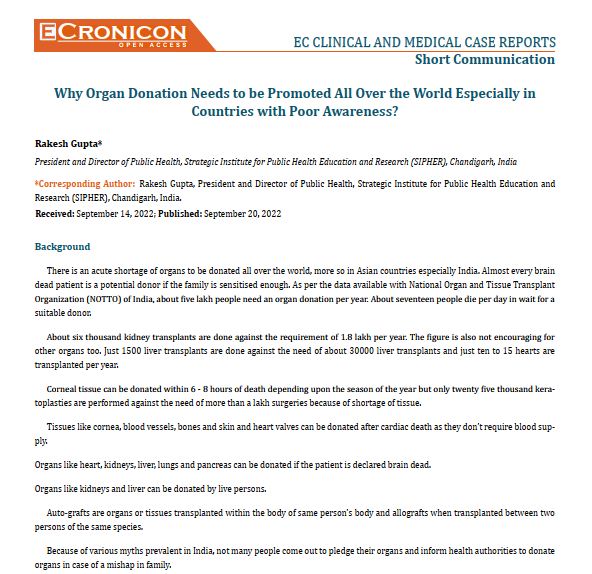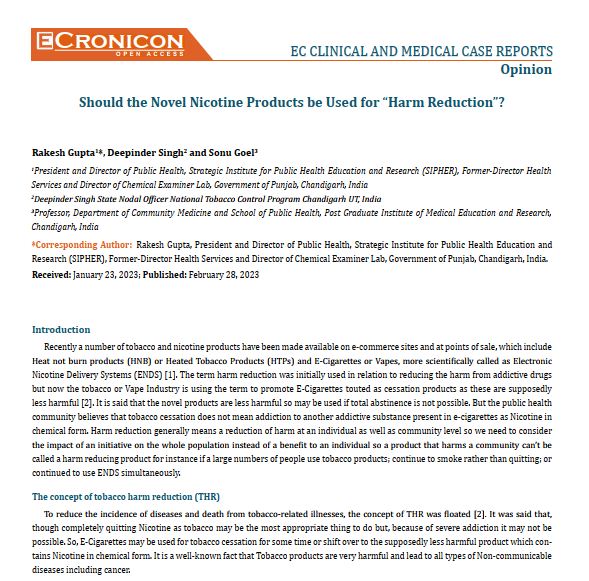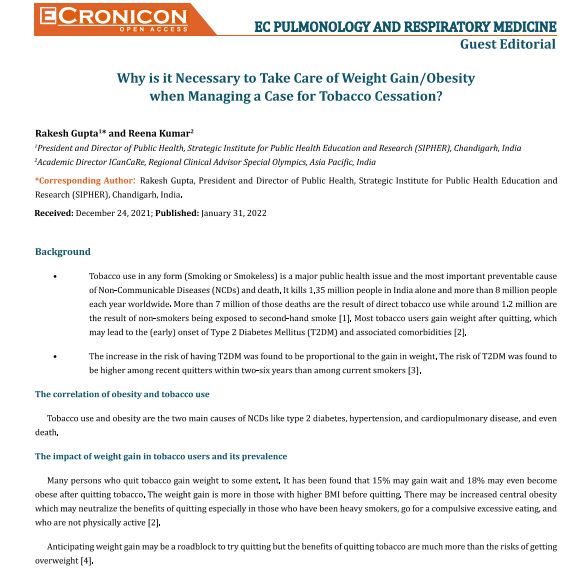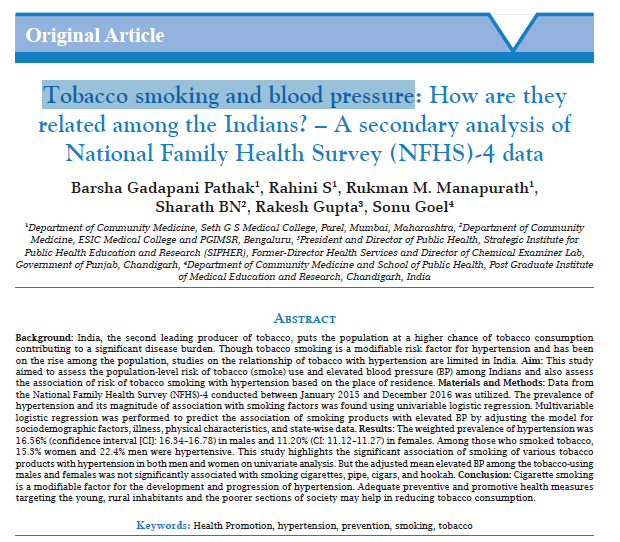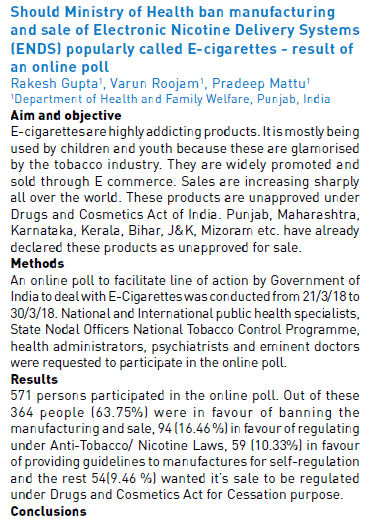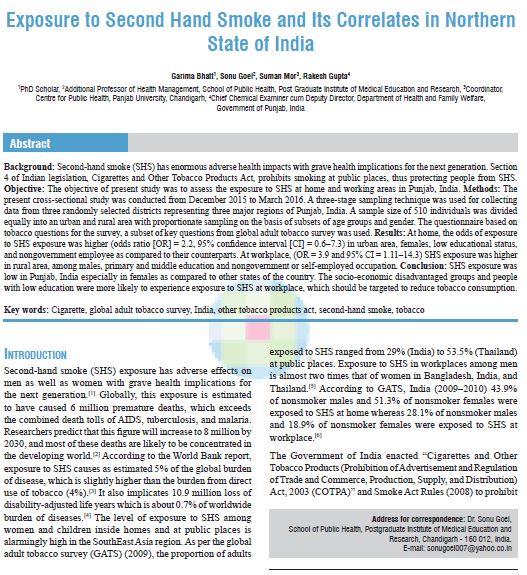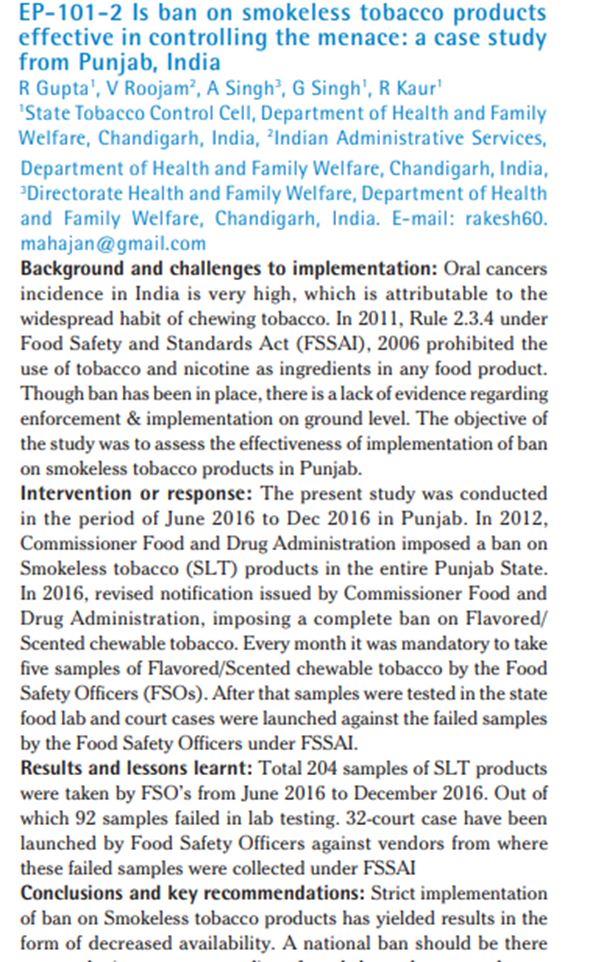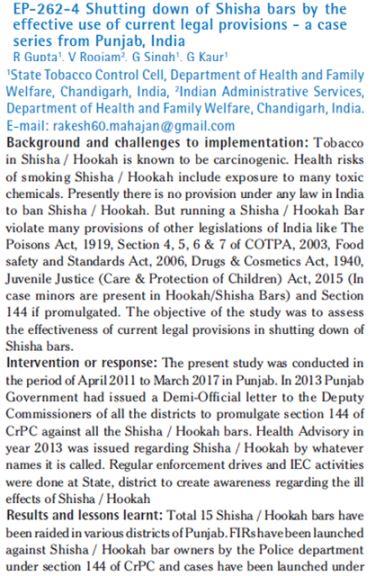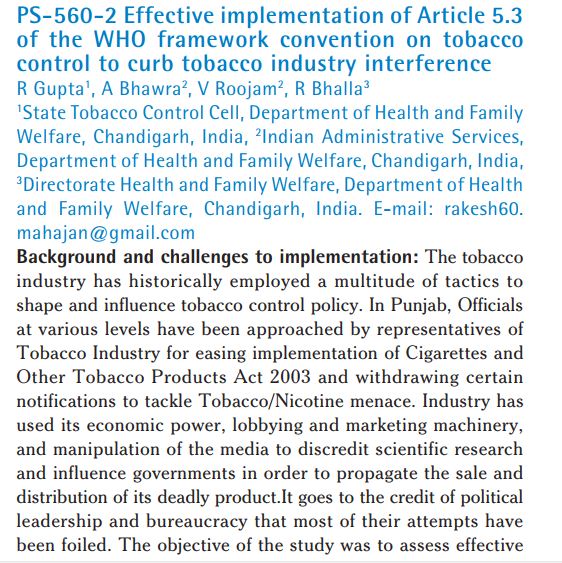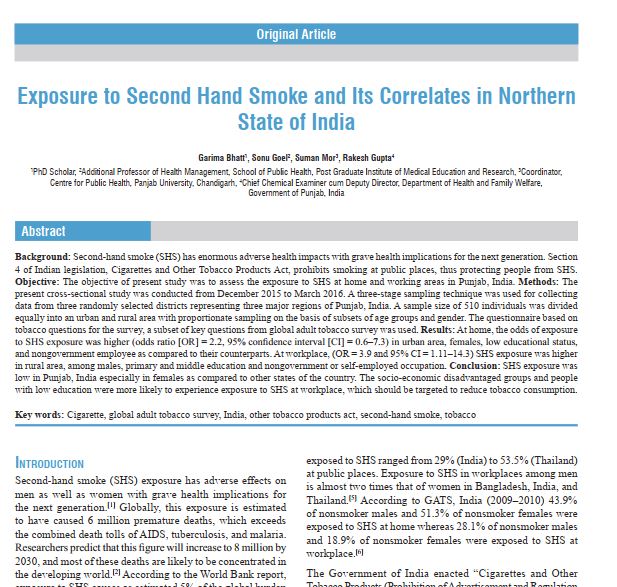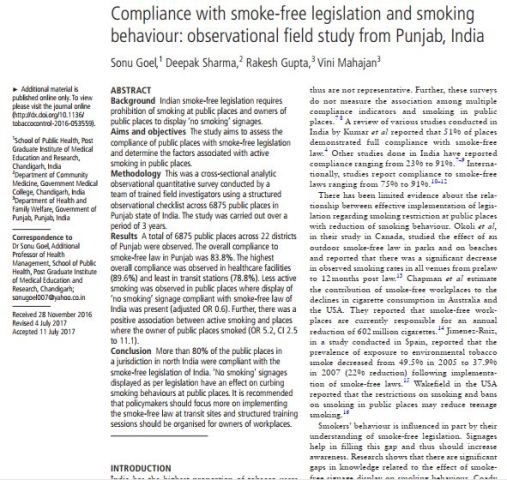
Diet and Diabetes - Your Recipe for a Healthier Life
Diabetes Mellitus occurs when there is an increase in blood glucose concentration. It is mainly of two types type 1 and type 2 diabetes mellitus. Type-2 diabetes mellitus (T2DM) has now become a major public health problem. Globally 425 million were diagnosed with T2DM in 2017 and is predicted to increase to 629 million by 2045. In India, the estimates in 2019 showed that 77 million individuals had diabetes which is expected to rise to over 134 million by 2045{1}.Also, it can lead to cardiovascular diseases. T2DM diabetic treatment and its complications also contribute to approximately 12% of global and in India average monthly expenditure per person (ppm) is reported to be ₹ 1,098.25, which translates to an annual expenditure of ₹13,179 per person{2}.
Genetic and lifestyle factors both play a huge role in the development of type-2 diabetes (T2DM). Lifestyle factors such as diet and physical activity can be altered, which can be the key focus for preventing T2DM. Research from systematic reviews and studies has also shown that making positive changes in diet quality (e.g., eating low-calorie or low-fat diets) can help delay or even prevent T2DM, especially in the people who are at high risk (prediabetes or obesity).
Studies show that in the general population most of the evidence comes from studies looking at how lifestyle habits, such as diet and exercise, are linked to T2DM risk. Diet can be split down into specific patterns such as Mediterranean or DASH diets, food groups such as nuts, fruits, vegetables, whole grains and nutrients{3}.Mainly in India "Low-Glycemic Index Indian Diet for Diabetes" or a "Diabetic-Friendly Indian Diet" is followed.
Some of the studies show that eating more dairy products significantly reduces the risk of T2DM, while others have found no clear benefits. This clearly highlights the need for more research to understand the role of diet in preventing T2DM.